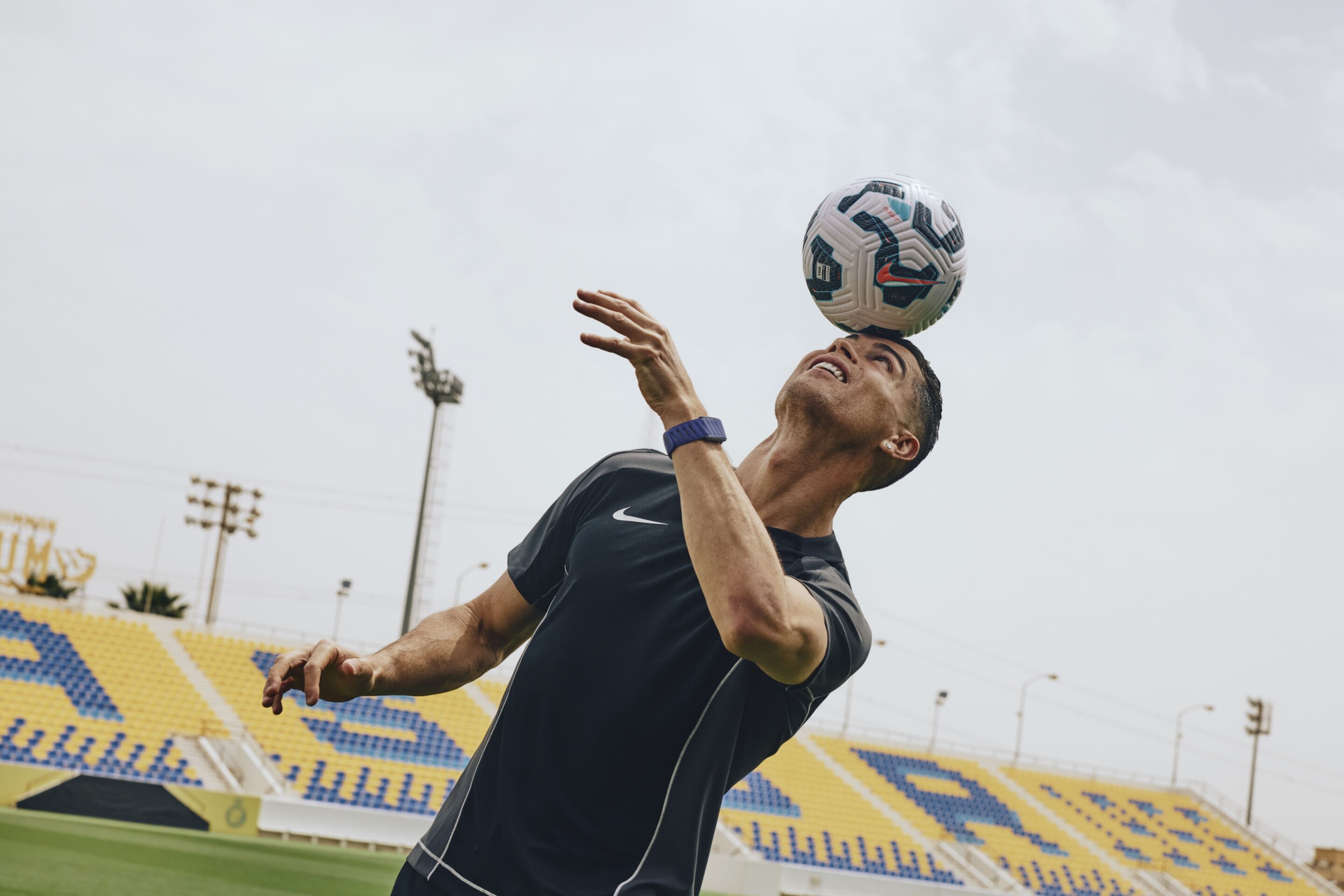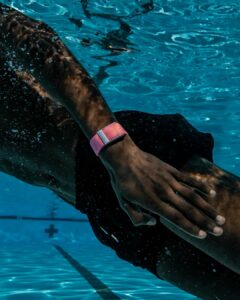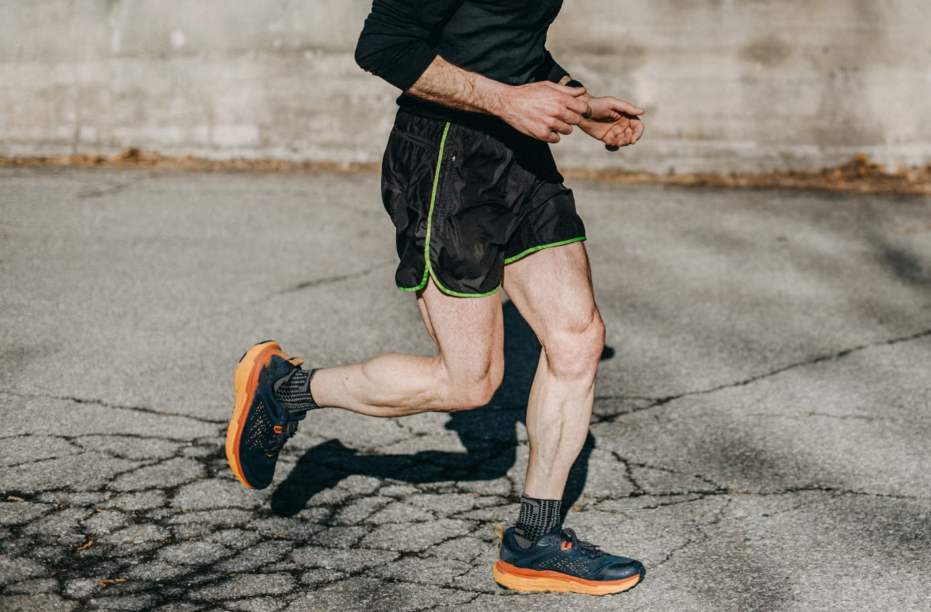‘THE BODY KEEPS THE SCORE’. It’s the title of Bessel van der Kolk’s bestselling 2014 novel about how our minds, brains and bodies remember past psychological trauma, but more recently, it seems to have morphed into a catchphrase used to describe how factors like exercise, nutrition and sleep impact our body’s wellbeing.
Case in point, when I recently told a friend I’d been having trouble sleeping, “your body keeps the score” was their response, suggesting that unless I got my sleep sorted, it would have an adverse impact on my body’s hypothetical score. But while this imaginary ‘score’ may offer some reassurance that our lifestyle choices do in fact matter and that our body is registering them even if we’re not immediately noticing, for the most part, it’s a nebulous concept – one that certainly can’t be quantified in the form of a score.
Well, that’s what I thought before I learned that the headlining new feature in the highly anticipated WHOOP 5.0 would allow users to measure their physiological age based on a range of data points and health markers, ultimately providing a score. Then I learned that Cristiano Ronaldo, at the age of 40, had tested the new model and earned a physiological WHOOP age of 28.9. My interest was piqued.
Curiosity drew me towards finding out my own WHOOP age, but I’d be kidding myself if I said that comparing my own metrics to those of a legendary footballer wasn’t also a motivating factor. So, for the last month, I’ve been testing the new WHOOP 5.0 and WHOOP MG (Medical-Grade) to see if the new editions are worth all the hype.
The look
Like the WHOOP 4.0, the 5.0 is slim, sleek and low profile. In case this is your first encounter with a WHOOP, unlike traditional fitness wearables, WHOOPs don’t have a screen or a face. As a result, they’re far less hefty and are closer to a band than a watch. The WHOOP 5.0 and MG stick to this formula, but their bands have been updated and upgraded. The existing SuperKnit, CloudKnit and SportFlex bands have all been improved, while the brand-new CoreKnit offers a lower price point and LeatherLuxe offers a more luxurious option.

The features
The WHOOP 5.0 and WHOOP MG come with a range of top-line improvements. They both have 14+ days of battery life and a new wireless charger that can be attached while you’re wearing the bands, meaning you no longer need to ever take the device off. Their processors are 60 per cent faster than previous models and boast improved accelerometers and gyroscopes. The designs are also seven per cent smaller than the WHOOP 4.0.
While the WHOOP 5.0 is an update to the premier WHOOP line, the WHOOP MG is an entirely new model that comes with a number of medical-grade features, as well as every feature on the 5.0. Among the MG exclusives are a heart screener and blood pressure insights.
With the heart scanner, you can now take an ECG reading on-demand and share them easily – in case you need to pass them on to a health professional. The scanner can pick up or rule out irregular rhythms like atrial fibrillation and unusually low or high heart rates.
The WHOOP MG’s blood pressure insights provide daily estimates of systolic and diastolic ranges by using advanced sensor technology and overnight analysis. It can give you everything you’d get from a typical cuff reading, plus more personalised insights so you can understand how your blood pressure impacts your overall health.
The WHOOP 5.0’s biggest new feature is Healthspan, which allows users to measure their physiological age – known as a WHOOP age – and pace of aging. The WHOOP age takes into account nine key metrics, including sleep consistency, VO2 max, resting heart rate, step count and time spent in different heart rate zones for exercise. These nine metrics were decided on through consultation with Dr. Eric Verdin at The Buck Institute for Research on Aging, as research shows they directly impact lifespan, quality of life and all-cause mortality.
You can also see how each metric impacts your WHOOP age. If you’re not getting enough steps in, your WHOOP will tell you exactly how many months or years that deficiency is adding to your WHOOP age. If you’re nailing your sleep and getting the right amount of shut-eye, it’ll tell you how many months or years that’s taking off your WHOOP age.
The pace of aging feature, meanwhile, measures how quickly your physiological age is changing relative to your actual age. It’s a way to see how your short-term lifestyle choices are impacting your WHOOP age, and whether your WHOOP age is likely to go up or down.
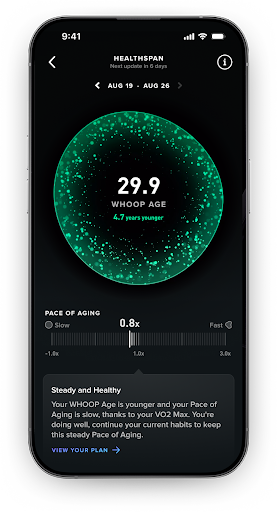
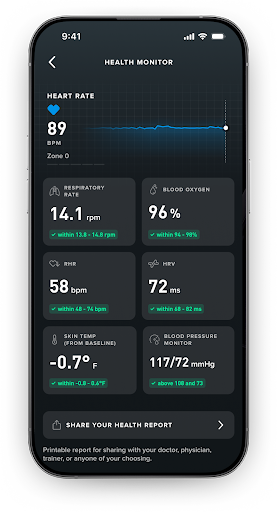
The test
Let’s start with the features that are exclusive to the WHOOP MG. Firstly, the heart screener isn’t available in Australia just yet as its undergoing regulatory review. It is expected to be available later in 2025, but for now, it’s difficult for us to assess its effectiveness.
The blood pressure readings on the other hand are available in Australia already, although they are still in beta testing. To access the feature, you simply need to input one reading taken with a cuff.
I found the blood pressure readings taken on the WHOOP MG to be accurate. It returned similar estimated systolic and diastolic ranges to my cuffed reading, and the insights allowed me to see how my blood pressure might affect my wellbeing and performance. I’m no doctor, but I believe the WHOOP MG is indeed worthy of calling itself medical-grade.
Now to the main event, the healthspan and WHOOP age features. It takes three weeks of calibration to get your WHOOP age, and while I was compelled to beat Ronaldo’s score, I spent those three weeks carrying out my regular fitness routine, rather than gaming the system by stepping up my workload.
After three weeks of patient waiting, the WHOOP app notified me that my WHOOP age was ready to view. The result? A physiological age of 20.7, a full eight years younger than Ronaldo’s. Eat your heart out, CR7.
Cards on the table, my actual age is 23.7. So while I have managed to shave three years off my chronological age, that isn’t quite as impressive as Ronaldo shaving off 11. Still, it was a nice little confidence boost.
Your WHOOP age updates every week and comes with an analysis of each metric, so you can see what factors are adding or subtracting years from your age. My sleep consistency (85 per cent, to Ronaldo’s 70 per cent – how about that?), takes off 2.5 years. Although I’m apparently not spending enough time with my heart rate in zones 1-3, as my one hour of time per week in that region is adding 0.4 years to my WHOOP age. Ronaldo does have me beat there, spending a colossal ten hours per week in zones 1-3. Maybe we call it even?
The ability to see which metrics I’ve got on lock and which ones could use some improvement made correcting my deficiencies easy. My daily step count is apparently too low, adding 0.1 years to my WHOOP age because I’m a few hundred steps short of the recommended target. Knowing that made it easy to fix.
One issue I had with the WHOOP 5.0 – and there weren’t many – was that it is difficult to understand what some of the many metrics it tracks mean and how they impact overall health. Heart rate variability (HRV) is one such example. It took me about two weeks to realise that having higher HRV is a good thing. And while the WHOOP app does provide a brief description of what HRV is, I’m still not sure how it actually impacts my health or how I can improve it. Although, you might point out that a quick Google search would solve these issues, and I’d say you’re right.
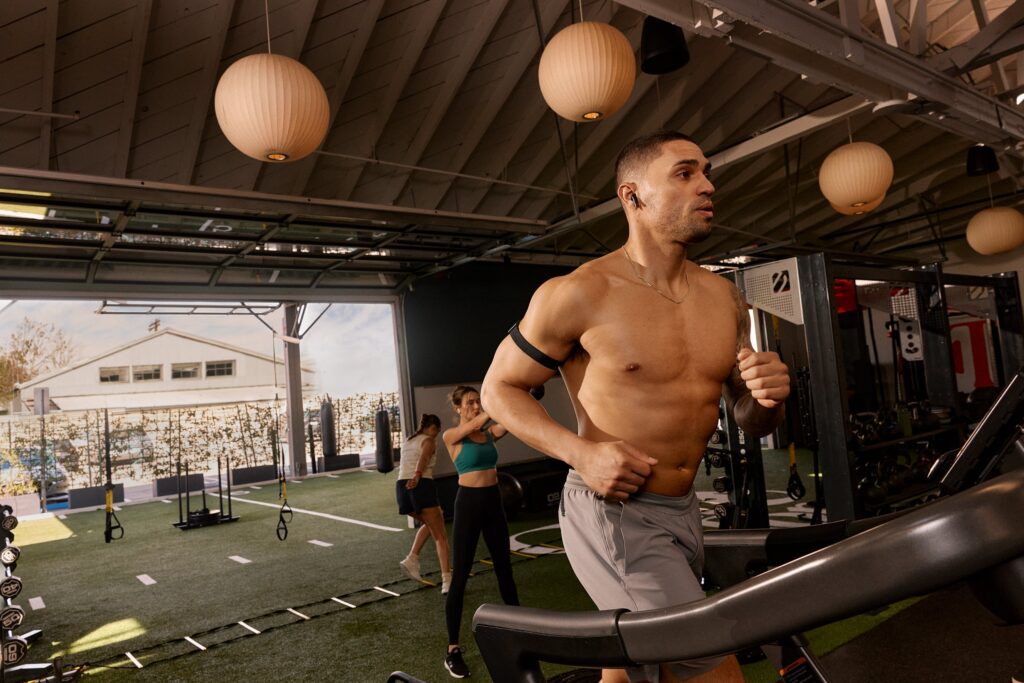
The verdict
The WHOOP 5.0 and WHOOP MG have stepped up the fitness wearable game. Like the 4.0, the new models can do just about everything an Apple Watch or Samsung Galaxy watch can, plus more.
The MG does indeed deliver medical-grade precision and would prove useful to anyone concerned about their heart health – or someone who simply likes to make sure everything is in working order. Personally, I was diagnosed with a heart condition that causes atrial fibrillation in 2024. I had multiple surgeries to correct the issue, and my WHOOP can reassure me that everything is now ticking along as it should be.
Additionally, the new healthspan and WHOOP age features add a fun, gamifying element to fitness that will appeal to both hardcore biohackers and the average person. The weekly updates to my WHOOP age have kept me coming back and trying to improve my score – even if I may never catch Ronaldo. And as I use the word ‘score’ in that sentence, I realise that just a short time ago I thought that the idea of our body keeping a score was nonsensical. Now, it’s very real.




